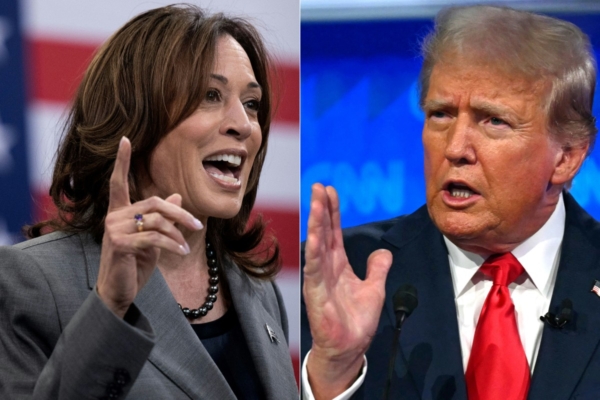In the 2024 U.S. presidential election, the budget has surged significantly with a total spending of 12 billion dollars in advertising for both the Democratic and Republican camps across the presidential election, congressional elections, and other elections.
According to a report by Agence France-Presse, based on statistics from the advertising analysis company MediaRadar CMAG, the advertising expenditure for just the presidential election is projected to reach 1.2 billion dollars, while the total advertising expenditure for the congressional elections and other elections on November 5th will amount to 12 billion dollars, nearly three times the total spending of the 2016 U.S. election.
The largest change in spending occurred during Obama’s candidacy in 2008, as stated by Mike Franz, co-director of the Wesleyan Media Project, a research project on political advertising.
Franz mentioned that prior to the 2016 election, the U.S. had strict legal restrictions on campaign spending, and candidates typically used government funds for their campaigns. However, Obama realized he could raise more funds through emerging internet platforms.
“Given the intense competition in some key battleground states, advertising expenditures can be crucial,” Franz said, leading to a “arms race” between both sides.
Zachary Peskowitz, a political science professor at Emory University, noted that compared to two or three decades ago, the internet has made it much easier for people to donate to political candidates, which is now incredibly accessible.
In 2010, the U.S. Supreme Court lifted restrictions on campaign spending for non-party affiliated groups. Subsequently, the formation of “super PACs” allowed for the raising of hundreds of millions of dollars for candidates, thereby boosting campaign advertising spending.
With less than four months left until the 2024 presidential election day, Vice President Kamala Harris has taken over from President Joe Biden as the Democratic presidential candidate.
“Peskowitz stated, “Harris will need to spend a lot of money and run more ads to tell her story and make voters aware of her and her stance.”
Based on data from MediaRadar CMAG, the Democratic Party has outspent the Republican Party in advertising expenditures in both 2016 and 2020, and this trend is expected to continue this year.
For the 2024 presidential election, the Republican Party’s campaign expenses are estimated to be 500 million dollars, while the Democratic Party’s are 700 million dollars.
David Broockman, a political scientist at the University of California, Berkeley, mentioned that “after a certain tipping point, the impact of additional spending becomes minimal. It may be effective in a closely matched election, but the returns diminish.”

